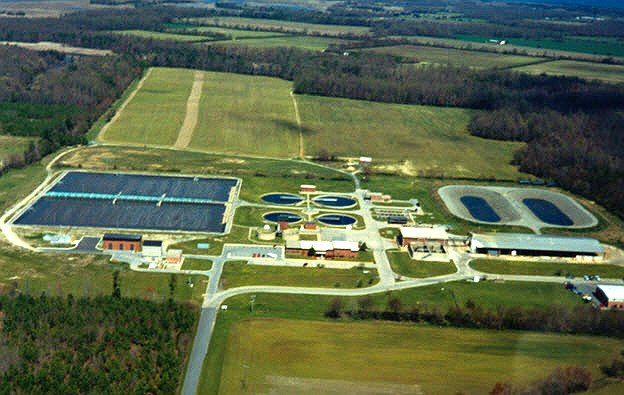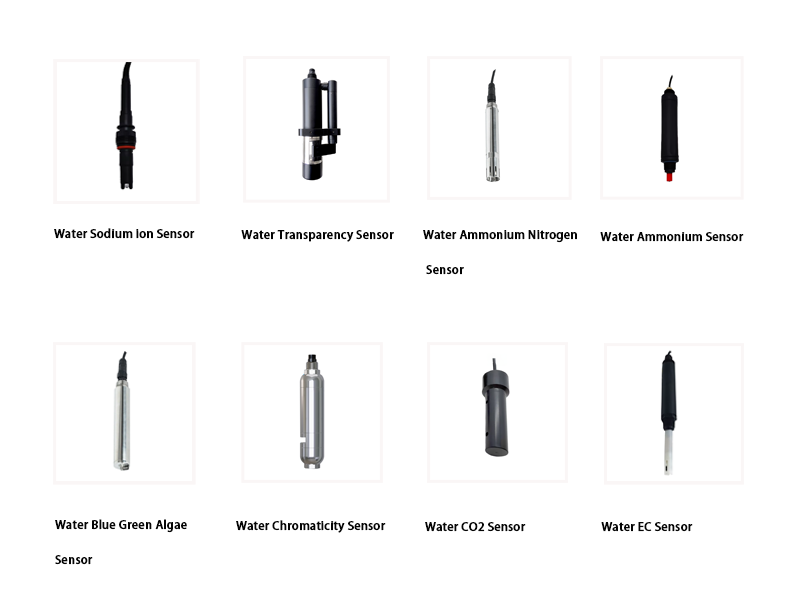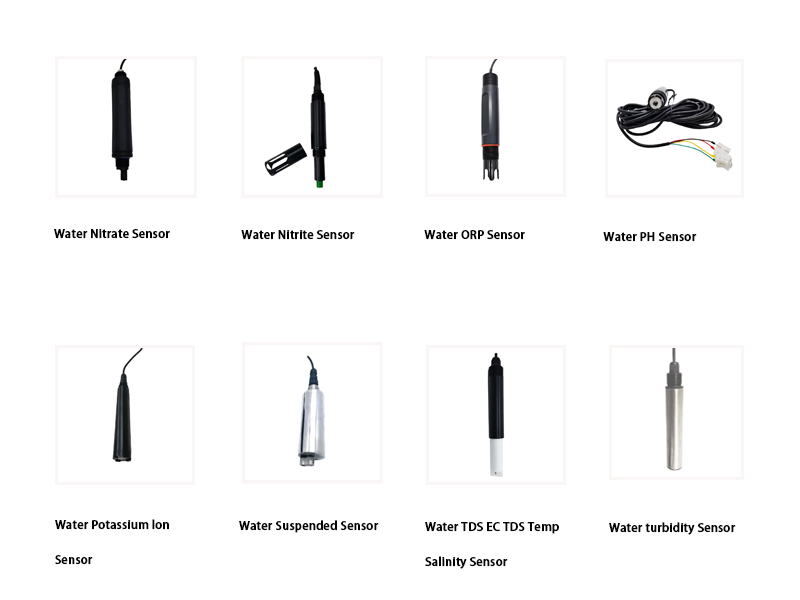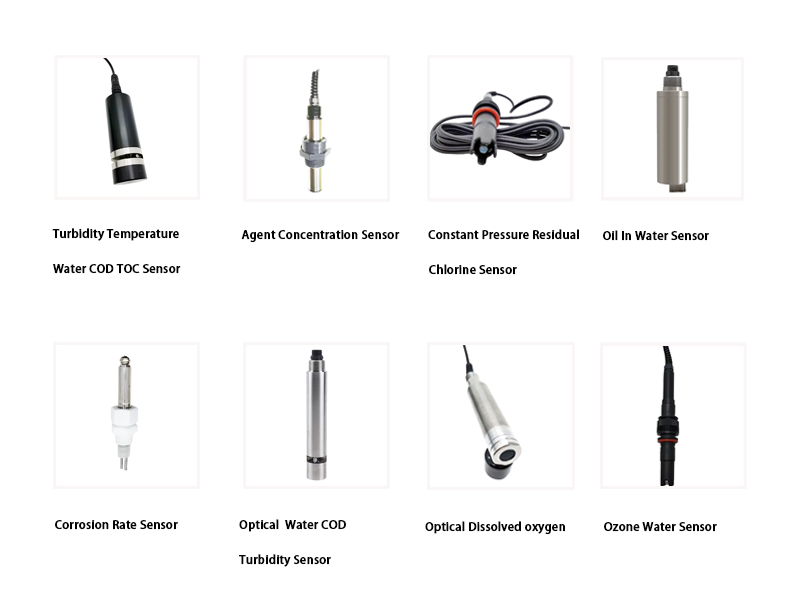National Study of Nutrient Removal and Secondary Technologies
EPA is examining efficient and cost-effective approaches for nutrient removal at publicly owned treatment works (POTW). As part of the national study, the agency conducted a survey of POTWs during 2019 to 2021.
Some POTWs have added new treatment processes to remove nutrients, but these upgrades may not be affordable or necessary for all facilities. This study is helping EPA learn about other ways that POTWs are reducing their nutrient discharges, while optimizing operation and maintenance practices, and without incurring large capital expenses. The study has three main goals:
Obtain nationwide data on nutrient removal.
Encourage improved POTW performance with less expense.
Provide a forum for stakeholders to share best practices.
Benefits to POTWs
The study will:
Help POTWs optimize nutrient removal by providing operation and performance information from similar types of POTWs that have already achieved successful, cost-effective approaches to nutrient removal.
Serve as a major new nationwide data resource on nutrient removal to help stakeholders evaluate and develop achievable nutrient reduction values.
Provide a rich database of nutrient removal performance for POTWs, states, academic researchers, and other interested parties.
POTWs have already seen the benefits of low-cost optimization. In 2012, the Montana Department of Environmental Quality began training POTW staff in the state on nutrient removal and optimization. POTWs whose staff fully engaged in the optimization process significantly reduced their nutrient discharges.
Nutrient Removal Accomplished Nationwide
Initial results of the screener questionnaire help demonstrate an important aspect of the National Study: improved nutrient removal is attainable by all types of POTWs. Survey results to date show more than 1,000 POTWs with different biological treatment types (including both conventional and advanced treatment technologies) can achieve effluent total nitrogen of 8 mg/L and total phosphorus of 1 mg/L. The figure below includes those POTWs with a population served of at least 750 individuals and a design capacity flow of at least 1 million gallons per day.
Post time: Aug-12-2024





